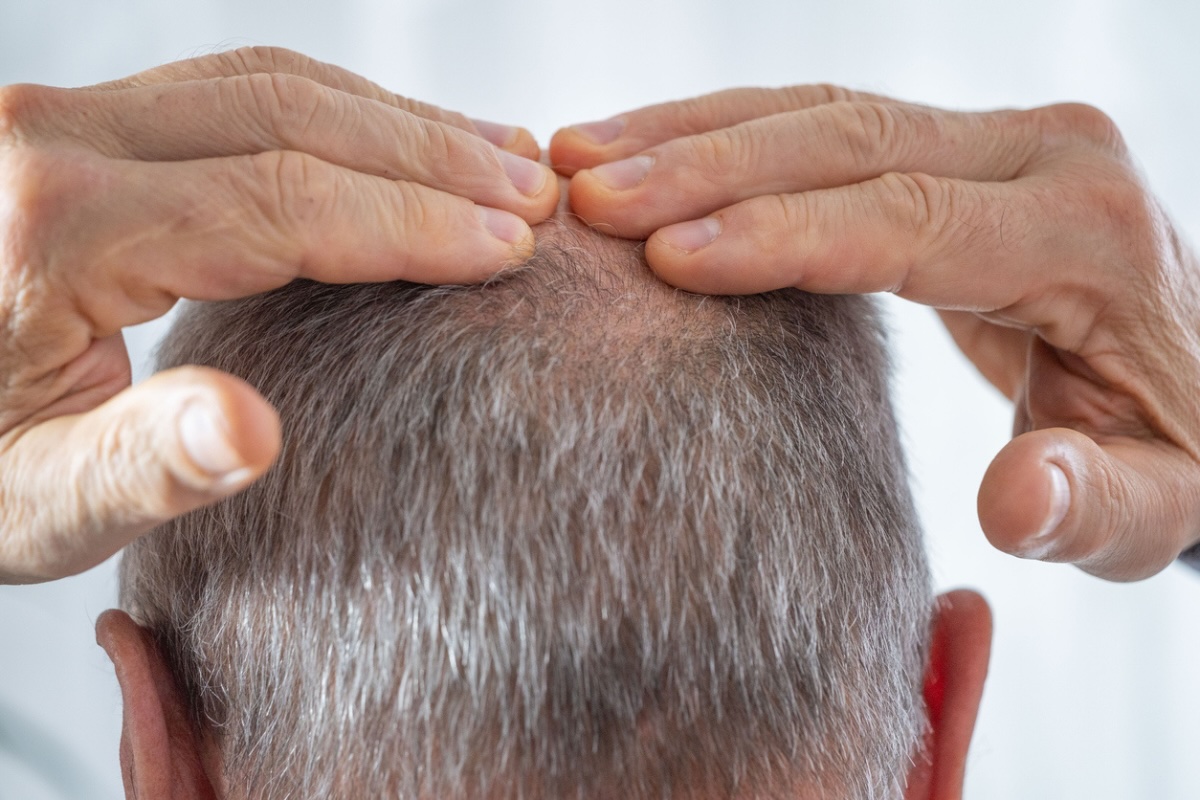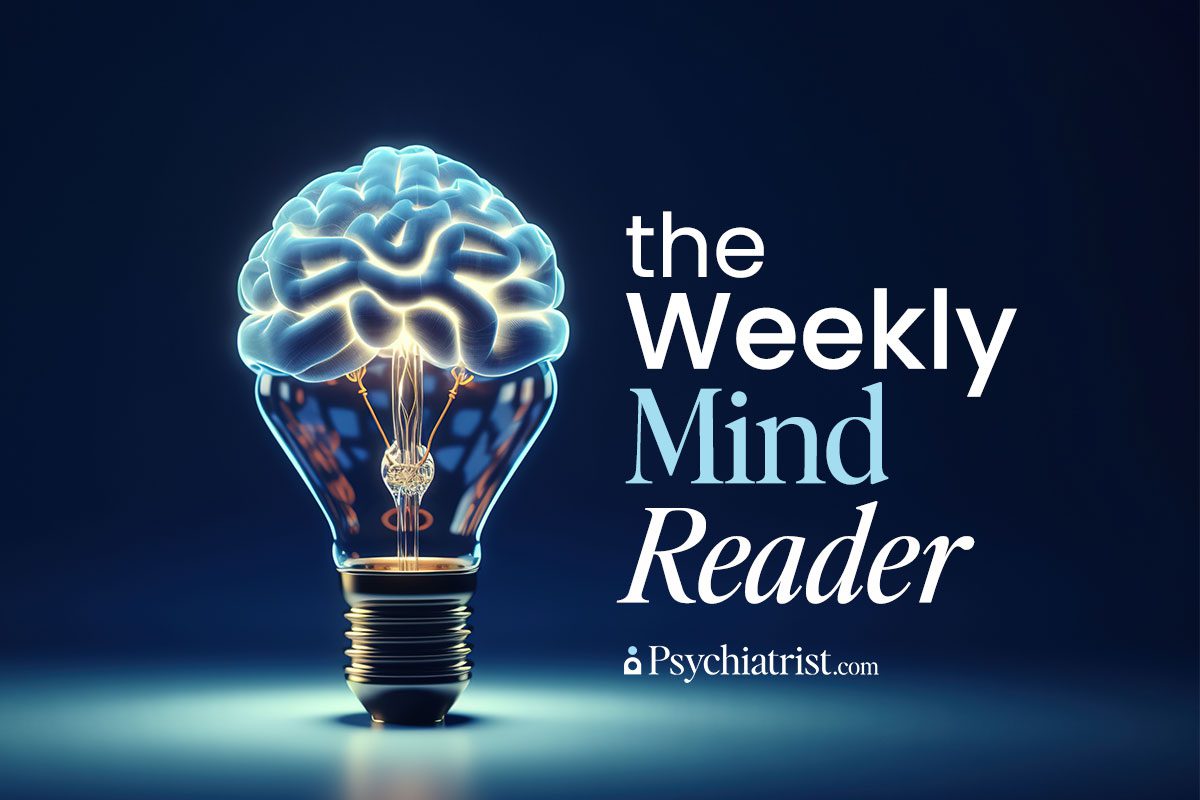In less than two decades, smartphones have fundamentally changed our lives. There are the more obvious changes, such as on-demand digital directions to literally anywhere. To smaller ones, like the ability to settle any trivia debate instantly. Now, startling new research suggests that smartphones could upend how we monitor mental health.
A team of researchers – from the Universities of Minnesota and Pittsburgh – report that smartphone sensors can identify crucial behavior pattern changes tied to a broad swath of psychological conditions, such as anxiety, depression. They add they can also help isolate more elusory traits, such as detachment and disinhibition.
The paper, appearing in JAMA Network Open, tracked 557 adults using their phones’ built-in sensors from more than a fortnight. The sensors captured everything from location and movement data to screen time and phone calls. It’s an exhaustive data set that paints a detailed portrait of human behavior – all without users having to lift a finger.
Among the revelations? Several hints of psychopathology, each of which left its own distinct digital footprint.
Cracking the Mental Health Code
Until now, clinicians have had to rely on face-to-face appointments (whether in-person or online) and self-reported surveys to get a clear view of someone’s mental health. Despite its long, successful history, it’s a process that remains prone to bias, blind spots, and information gaps. Digital phenotyping, on the other hand, incorporates the passive data that our smartphones are constantly collecting, which offers an uninterrupted, unbiased glimpse into patients’ lives.
Earlier research has hinted at the power of smartphones to transform mental health assessment and diagnosis, most of them focused on specific disorders.
This new research, however, led by UM assistant professor Whitney R. Ringwald, PhD, considered a more inclusive, transdiagnostic approach. In addition to assessing the p-factor, the team arranged mental health symptoms into six primary domains:
- Internalizing.
- Detachment.
- Disinhibition.
- Antagonism.
- Thought disorder.
- And somatoform symptoms.
By looking past the legacy diagnostic categories, the researchers sought to avoid the common pitfall of symptom overlap that plagues historical psychiatric labels.
How Well Did the Smartphones Perform?
Among the six domains, detachment appeared to show the strongest connection to smartphone behavior. Those who scored higher in detachment spent more time at home, walked less, visited fewer locations, and kept their phone battery more fully charged.
Data from the other domains helped tell the rest of the story. Those high in somatoform symptoms, disinhibition, and internalizing conditions were less physically active and had more irregular sleep and phone usage patterns. For example, people with high disinhibition tended to keep their phones at lower battery levels, which the authors attributed to a lack of planning or inattentiveness.
Notably, antagonism, a domain related to hostility and interpersonal difficulties, showed up most clearly in the phone call data. Participants with higher antagonism scores made fewer (and shorter) calls. They also unlocked their phones more frequently, suggesting a more transactional or avoidant approach to communication.
That being said, not all domains left a clear digital trail. Thought disorders, such as those involving delusions or hallucinations, avoided detection, probably because their core features are more internal and less tied to outward behavior that the sensors can pick up.
The p-factor analysis proved to be enlightening as well. High p-factor scores consistently correlated with a cluster of behaviors, such as a drop in physical activity, more time spent at home, later bedtimes, and lower phone battery levels. The authors figure that the p-factor might manifest in a sluggish, withdrawn daily routine that smartphones can easily identify and track.
The Road Ahead for Digital Psychiatry
This new study is among the most comprehensive to date and provides clearest evidence yet that smartphones can detect both general and specific forms of mental health issues.
The implications defy expectations. By providing constant, empirical data, smartphones could one day help flag the early warning signs of mental health issues.
“Smartphones won’t replace therapists,” the authors wrote, “but they may soon become powerful allies in understanding and managing mental health.”
Further Reading
Smartphone Applications: Therapy at Your Fingertips
Why Teens Are Using Flip Phones To Dial Up Better Mental Health
Chronic Smartphone Use Linked to Teen Anxiety, Depression, and Insomnia


